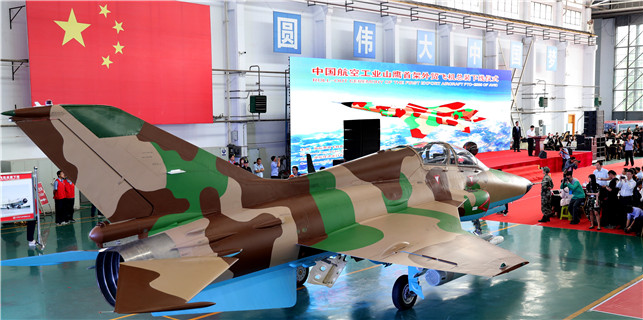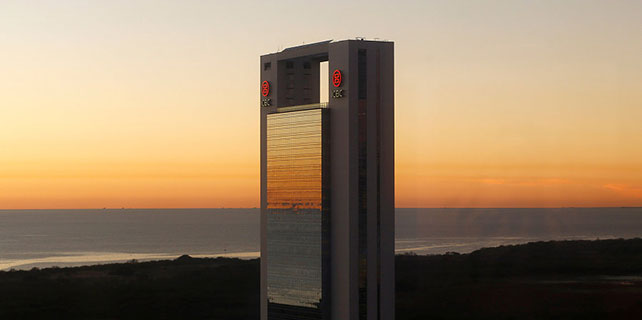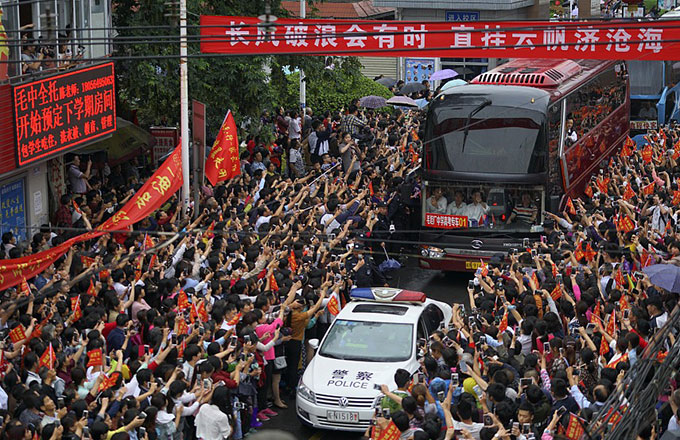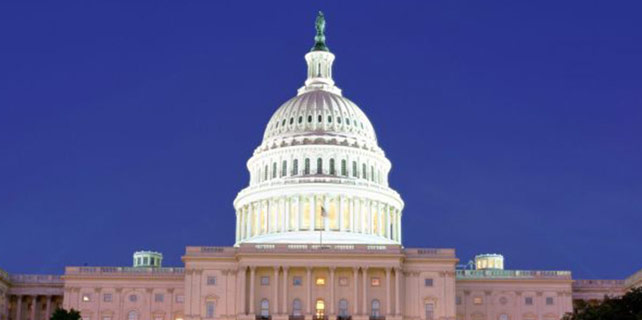Expo highlights development in China's western region
XI'AN — An ongoing expo has highlighted development in China's western areas following the country's Belt and Road Initiative.
"I secured another big deal," said Lyu Zhihui, excited at inking a contract worth more than 1 million yuan ($147,100) at the 2017 Silk Road International Expo in Xi'an, capital of Northwest China's Shaanxi province. "I just did not expect our products to be so popular."
Lyu's client is Rajesh Kazi Shrestha, president of the Nepal Chamber of Commerce. At last year's expo, the two sides signed deals worth more than 4 million yuan.
"These products made by Lyu's company are of high quality and delicate designs, and are quite popular in our country," Shrestha said. "That's why we continue to buy from them."
Lyu's company makes outdoor sportswear and is located in Shaanxi's Baihe county, a place known for mountains of rocks and grinding poverty. But now, as China implements the Belt and Road Initiative, areas like Baihe are jumping on the Silk Road bandwagon, witnessing rising foreign trade.
Last year, Lyu's company earned a combined revenue of more than 6 million yuan thanks to sales in India, Nepal and Iran.
Riding on this success, Lyu plans to expand the company's production this year to meet rising demand.
"Our county also wants to sell local specialties to foreign countries," Lyu said.
Countless businessmen like Lyu are seeking opportunities at this year's expo, with the priority on cooperation in investment, trade, tourism, education and more. Delegates from western areas such as Yunnan, Sichuan, Chongqing and Gansu are exhibiting advanced industries and specialties.
Shaanxi, for example, is generating buzz in energy chemical engineering, modern agriculture and logistics.
"Energy chemical engineering, for instance, is a pillar industry in Shaanxi, and has entered a high-end stage," said Tang Yugang, deputy head of the provincial commerce department. "We are willing to work with international companies on this."
Meanwhile, many foreign businesses are also at the expo looking for possible partnerships. During a conference at the expo, representatives from more than 20 Serbian companies showed up, hoping to ink deals in energy, food processing and tourism, among others.
The expo is a chance for Serbia to introduce Chinese people to its traditional culture, tourism resources and products, according to Rasim Ljajic, deputy prime minister of Serbia. Rasim said that the Belt and Road Initiative would help Serbia find more opportunities in China.
The expo is the epitome of a much broader picture. Currently, many foreign enterprises are coming to China's west for investment.
In Chongqing, robot-making giants such as Germany's Kuka, Switzerland's ABB Group, and Japan's Fanuc have all set up branches.
In Sichuan, a total of 935 investing companies from along the Belt and Road had been established by the end of 2016, with foreign capital exceeding $7 billion.
"China's west is an important area for a new round of opening up," said Qian Keming, China's vice minister of commerce. "Provinces and cities should deepen their economic exchanges with neighboring countries to contribute to the development of the Belt and Road Initiative."









